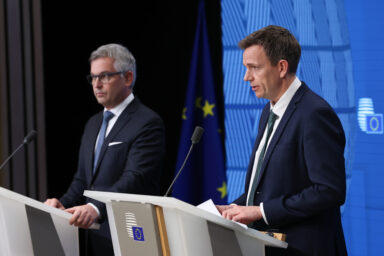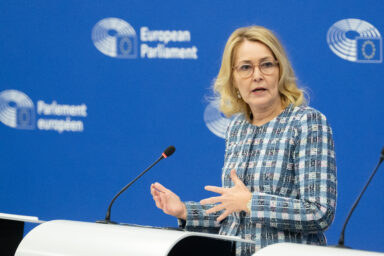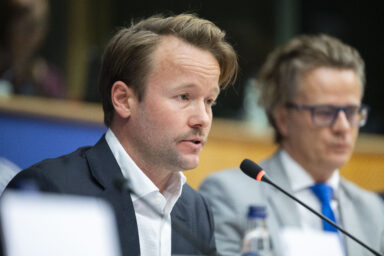Europe’s differing migrant return policies are an ungodly mess. How are governments, institutions, and the migrants themselves to navigate the terrifyingly complex web of overlapping legal, political and geographical factors at play? Camille Le Coz, Director of the Migration Policy Institute Europe, shared her insights on the issue in the EU Perspectives podcast with MEPs Lukas Mandl (EPP/AT) and Tomáš Zdechovský (EPP/CZE), and with fellow experts on the topic – Katarína Cséfalvayová, Director of the Institute for Central Europe, and Başak Yavçan, Head of Research of the Migration Policy Group.
Having sown much discord among Europeans over the past decade, mass immigration has become the target of the European Union leaders’ endeavour to rein in the rules governing the bloc’s return policies. A March proposal by the European Commission on the return policy is supposed to go some way towards that end. Ms Le Coz spoke of the proposal’s nuts and bolts to her fellow podcast debaters.
“Over the past years, there has been some long negotiation on the migration pact which was adopted before last summer. But the pact was missing a crucial part, and that was the return policy,” Ms Le Coz explained. “Twenty-seven member states with twenty-seven return systems remain in place, and this continues to be a weak point in terms of the EU policies with return rates that are deemed too low.”
The actual return figures may be disputed to a degree, Ms Le Coz acknowledged. “I think the question on whether this is 20 percent or higher depends on the individual member states what each of them has managed. But what is clear is, there are these different systems that coexist next to each other,” she said.
You might be interested
The Commission proposal aimed to reduce that unwieldy situation – but that proves to be no easy task. “This will take a long time because all of these states have different priorities,” the Migration Policy Institute of Europe director said.
“The states work with different countries of origin. And what the proposals seek to do is, for instance, to have a common EU return order,” she remarked. “Overall, this proposal is tougher on return. It increased, for example, the duration of detention for people who receive a return order, but it also foresees an increased role for an agency like the EU Border Agency Frontex, in terms of what it can do on returns.”
The proposal also mentions the somewhat contentious idea of return hubs. “A number of member states appeared willing to entertain the notion, which is to conduct return to a third country which the person who’s being returned” has no established presence, no experience with, and no reason to be in, to begin with.
One obvious problem with the return hubs is the human rights aspect. ”Here I go back to to a point that we we’ve been discussing, which is cooperation with the countries of origin, which has been a really critical issue,“ Ms Le Coz stressed. The lack of it alone cannot explain away the failure to implement a better, more effective return and reintegration policy, she argued.

”But this is definitely a challenge. Some countries of origin are not interested in taking back their nationals, because for them it’s such an issue. So many of these countries rely heavily on remittances, and we can see how in terms of crisis during the pandemic, but also now with the cuts in overseas development assistance, they’re going to rely even more on this, on money coming from migrant workers being sent abroad,“ she explained some of the reasons behind the lack of cooperation with the countries of origin.
This gives rise to unforeseen – and potentially disaster-prone – situations. ”(Some of the member states think) it’s like they could bypass cooperation with the country of origin and work with a third country instead. There’s been talk, for instance, between the Netherlands and Uganda, that maybe Uganda could host one of these return hubs.“ In practice, this means that if the Netherlands issues a return order to somebody who, for whatever reason, cannot be sent back home, they could still be sent to Uganda.
”There is a key question here – what exactly is going to happen to such people? Will they get to Uganda? Will they get legal status? Will that be a mere temporary stop, and then they will be returned home? Many questions…“ Ms Le Coz then went on to mention the fact that the EU legislation was preventing the use of such return hubs until now.
”The proposal opens this issue for experimentation. I think most likely this will happen at a bilateral level because it will be extremely challenging for the EU to negotiate any EU-wide agreement,“ she said. ”We can see how other similar models have fared so far,“ she continued to mention the UK-Rwanda stillborn deal, or a simila arangement between Italy and Albania. ”They’re all different models, but they always rely on a bilateral agreement,“ she said. ”The question is – is that really going to help? Can these models help implement return in a way which ensures that proper standards are being kept?“
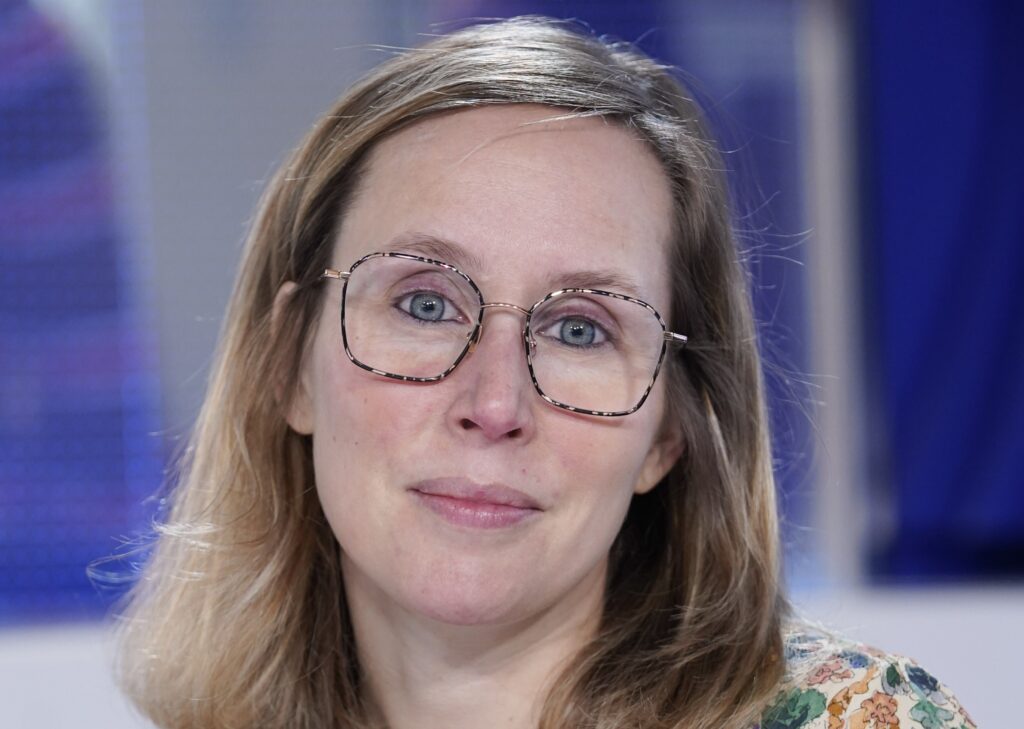
By and large, Ms Le Coz appeared to be rather sceptical to the idea. ”We’ve seen that the externalisation models that have been tested in the past few years that they usually lead to a series of courts cases and end up not being implemented,“ she recalled. ”We saw last week that the UN migration agency has declared that it was open to support some member states to pilot this initiative. So I think that the question is open, but I would encourage to learn from what we we’ve seen from recent experimentation – that (the externalisation models) are usually very expensive and do not work.“
Instead, Ms Le Coz advocated for more counselling. ”Lot of us happen to be on the ground in terms of giving people access to counselling, so that they have better clarity on their legal status,“ she said before mentioning offers of assistance to reintegration in the country of origin. ”That’s a step towards better cooperation with the countries of origin, which I think we’ve seen made progress in the past few years,“ Ms Le Coz insisted.
When the debate focused on the implementation of the EU Migration and Asylum Pact which is to come into force next year, signs of modest optimism appeared. ”It partly depends on how it is implemented,“ Ms Başak Yavçan of the Migration Policy Group said. ”There is still a lot of divergence among the EU member states on the way asylum processes are implemented, on the resources available, on the legal pathways,“ she said. ”For instance, we’ve been talking about high-skilled migrants, that was a very important point.“
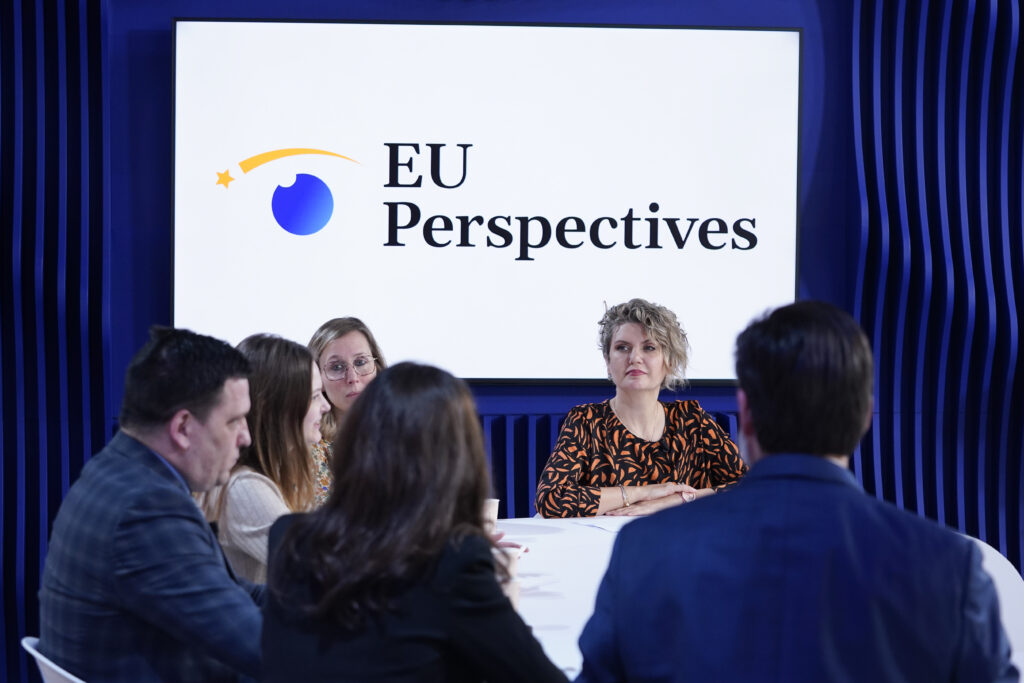
Then the Migpol researcher mentioned the Blue Card, which “gives highly-qualified workers from outside the EU the right to live and work in an EU country, provided they have higher professional qualifications, such as a university degree, and an employment contract or a binding job offer for at least one year with a high salary compared to the average in the EU country where the job is,“ as the EC website defines it. „When we look at the processing of the Blue Card Directive, two-thirds of it is processed by Germany, while the rest is really very small number. So still a lot of EU member states need to catch up with this,“ Ms Yavçan drew attention to a still largely ignored immigration procedure.
“We’ve been talking about the narratives, the narrative of failure, how the EU is not in control, and so on. This pact presented by the European Commission – it demonstrates a sense of unity that was long lost on this migration file,“ Ms Le Coz shared the positives. “This has already been mentioned a few times, but when the mobilisation of resources is concerned, a lot is needed in terms of training, infrastructure, hiring staff. And I think we’re yet to see how exactly this is going to turn out. I mean, it took three years and a half to negotiate these thousands and thousands of pages (of the EU Migration and Asylum Pact)“.
The Migration Policy Center Europe director then expressed hope that the knowledge amassed over the past decade will be put to good use. “All the learning that has been done over the past years since 2015, a lot of change in terms of how asylum agencies process asylum claims – I think we’ve learned a lot on how to process faster, better, and this is about making sure that all this knowledge is integrated as we move forward,” Ms Le Coz said.


